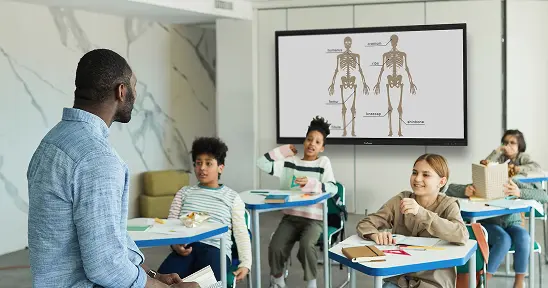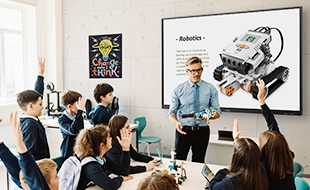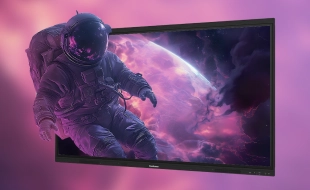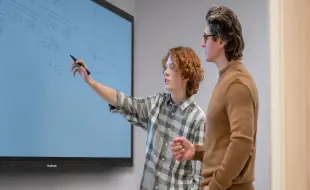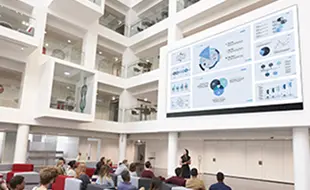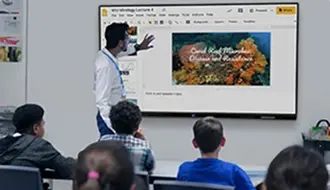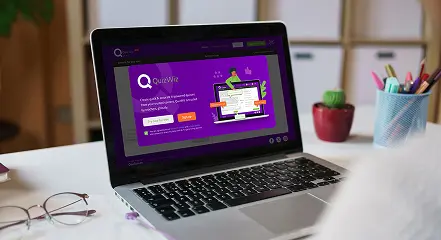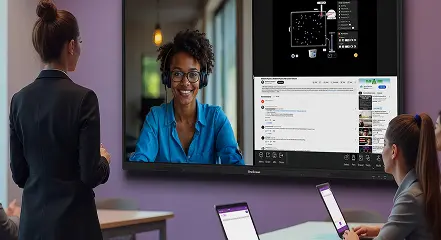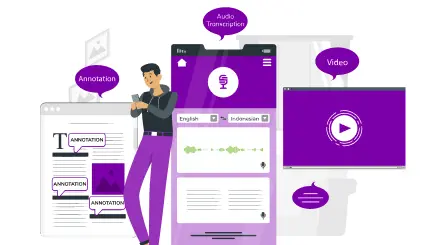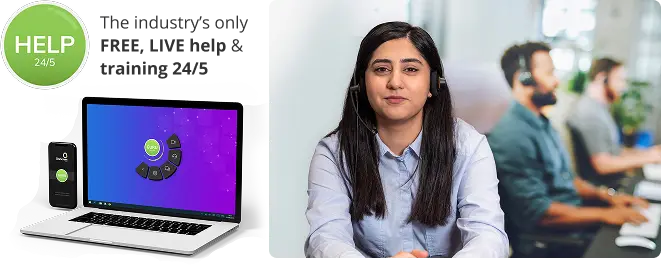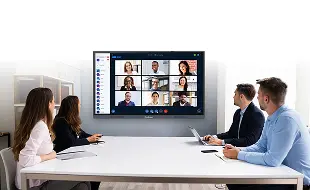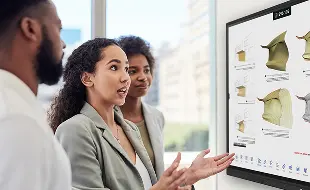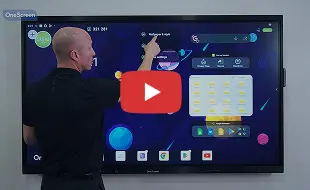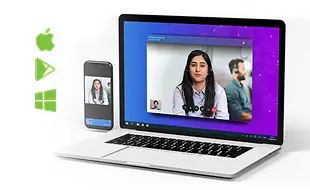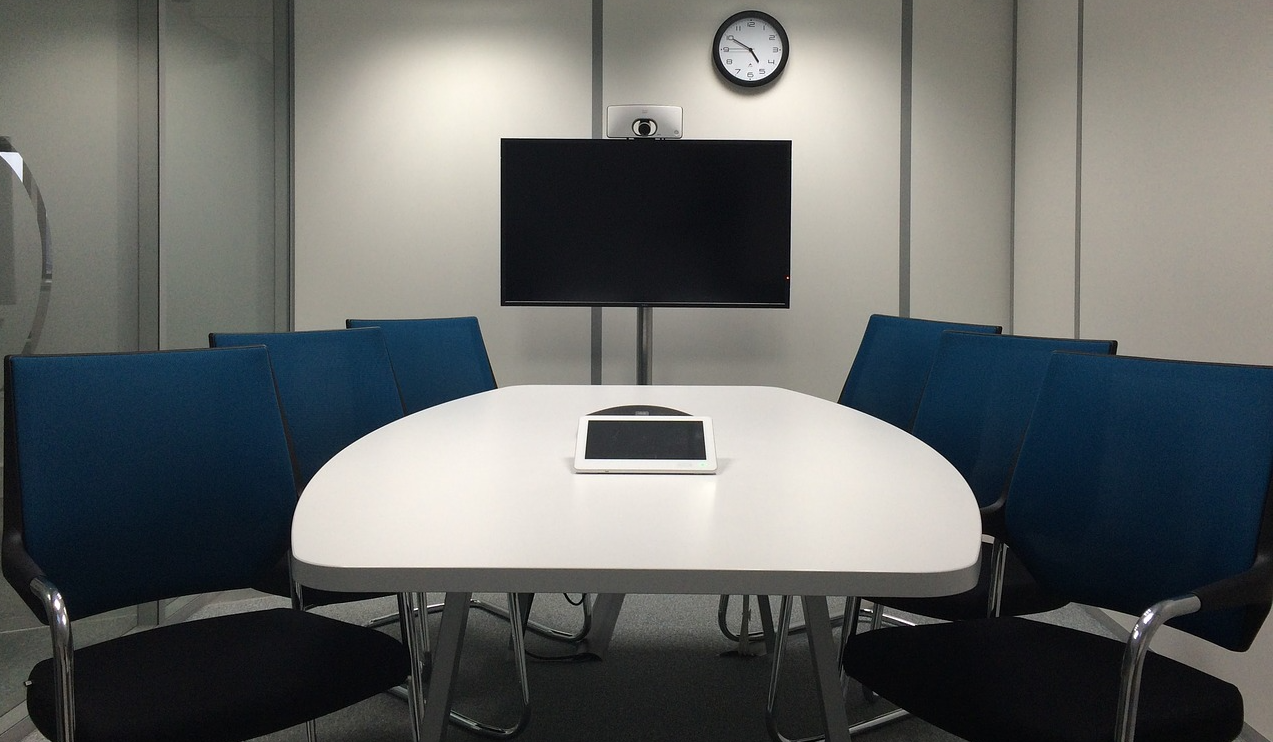
Hybrid Learning Hacks
A classroom is no longer a place. It’s a learning environment that includes both online and offline students coming together under a variety of configurations. Schools have had to adapt quickly to the COVID-19 crisis with little notice and tight limits on their funding. Teachers rose to the challenge and redefined the classroom experience. Over the summer, educators have sought out advice on how to build a better set of hybrid learning systems for 2021.
We’ve also taken that time to survey our own OneScreen customers with 1-3 years of experience with remote and hybrid learning programs. Teachers offered feedback and advice on how to improve school performance and make it easier for students to learn, whether they are in the classroom or joining remotely. We combined their responses into ten suggestions recognizing the greatest value from education technology and how to bring everyone together safely in the classroom of the future.
How Smart Boards Can Improve Hybrid Learning Environments
1 – Replace the white board with an interactive flat panel
Over the years, teachers have learned how to make the best out of whatever technology they can get. They used dry-erase boards, projectors and student mobile devices to deliver information as best they could. Now, teachers are being asked to replicate all of that for distance learning and hybrid education models.
The answer they found is that interactive displays bring together the best of education technologies into a single wall or cart mounted unit. Students can access the same lessons and a better learning experience in the classroom or at home.
2 – Put your lessons up on the interactive board wirelessly
No cables and touchless tech will be the way to go, even after COVID is no longer a threat. Interactive flat panels allow teachers to connect their laptops over Wi-Fi and simply use screen share to present their lessons. Teachers report that this reduces setup time and removes distractions during precious in-class instructional periods. This is also ideal for student presentations that they create on their own school-provided laptops.
3 – Allow teachers and students to make notes on the interactive board
Just because the lesson is digital doesn’t mean that you still can’t write notes on the board as you teach. Annotation functions give teachers the ability to treat digital images, including presentations and videos, like they were written up on a chalkboard. Teachers can explain with figures or invite students to answer questions on the interactive whiteboard. This is the best way to open up the physical classroom to input from students at home.
4 – Incorporate more streaming video from a variety of sources
There are many excellent video resources for teachers on the web that will illustrate your points clearly and succinctly, giving you more teaching time. If a picture is worth a thousand words, how much is a video worth. As a plus, teachers say that students are more engaged and retain information better when it’s embedded in a format they love.

 EN
EN  US
US  CA
CA  CO
CO  MX
MX  AE
AE  UK
UK  ES
ES  PK
PK 